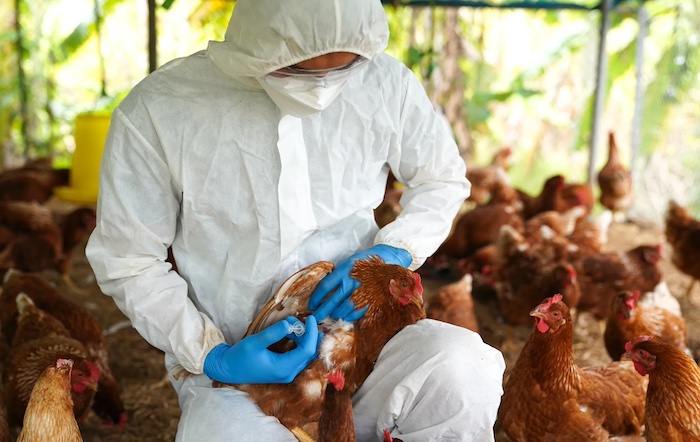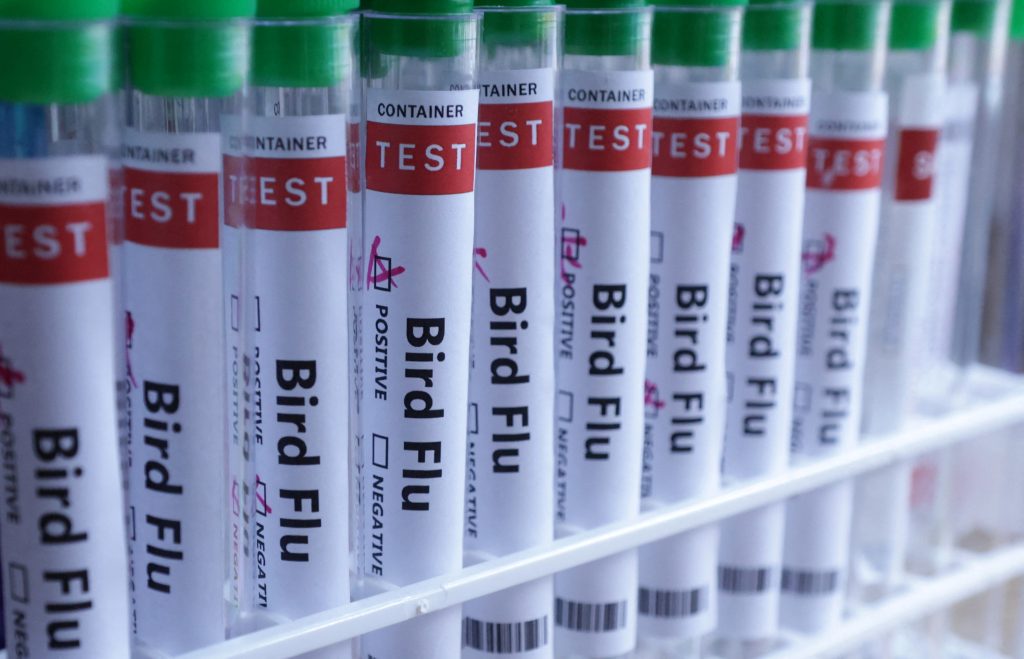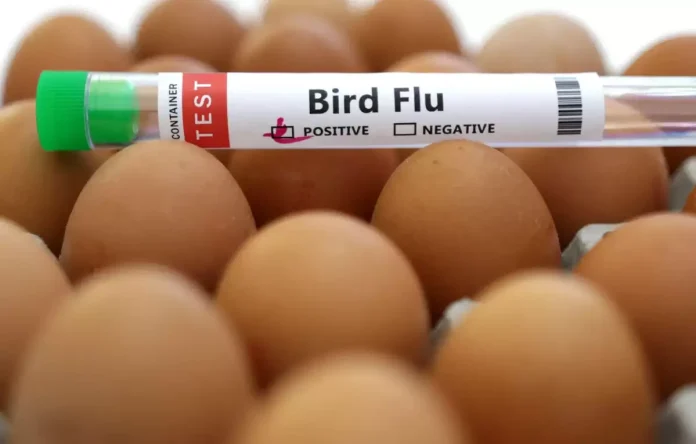Australia is ramping up its efforts to protect against a particularly destructive strain of bird flu, announcing an additional A$95 million ($64.13 million) in funding on Sunday. This extra funding is aimed at preventing the H5N1 clade 2.3.4.4b avian influenza, which has spread rapidly through bird and mammal populations worldwide, from reaching the country. Oceania remains the last region untouched by this strain, which has killed hundreds of millions of birds and tens of thousands of mammals since it first appeared in 2020. The virus has wreaked havoc across continents, and Australian officials are determined to keep it from devastating their agricultural sector.

The H5N1 strain has severely impacted agricultural industries in Asia, Europe, and Africa, littering beaches with bird carcasses and threatening wildlife. Agriculture, Fisheries, and Forestry Minister Julie Collins emphasized the urgency of the situation, highlighting the significant threat the virus poses to Australia’s agriculture. The A$95 million in new funding will be in addition to the more than A$1 billion already being spent to strengthen the country’s biosecurity defenses. Australia is taking no chances, recognizing that an outbreak could severely affect its food security and economy.

Although Australia’s geography offers some protection from the virus, the risk is still present. The country lies outside the migratory paths of large birds, like geese, that often spread the virus, but it isn’t completely immune. The H5N1 strain has already been reported in nearby regions, including Indonesia in 2022 and even Antarctica last year. Scientists warn that smaller migratory shorebirds, which visit Australia during the Southern Hemisphere’s spring (from September to November), could carry the virus to the island, increasing the chances of an outbreak.
Earlier in the year, Australia experienced three parallel outbreaks of bird flu, although none involved the highly dangerous H5N1 strain. These outbreaks, caused by other avian flu strains, still served as a reminder of the ongoing threat that avian influenza poses. Minister Collins emphasized that the impacts of those outbreaks highlight the importance of investing in national preparedness and biosecurity measures. The country’s ability to quickly contain those outbreaks demonstrates its capacity to respond to similar challenges, but officials remain cautious of the H5N1 strain’s unique threat.

The additional funding will be channelled into Australia’s biosecurity infrastructure, improving surveillance, preparedness, and response strategies. With the H5N1 strain showing no signs of slowing its global spread, Australia is taking a proactive approach to safeguarding its agriculture and wildlife. The government’s investments reflect a determination to keep the country free from this dangerous virus, ensuring that Australia remains one of the few regions untouched by a strain that has devastated bird populations and agricultural industries around the world.





